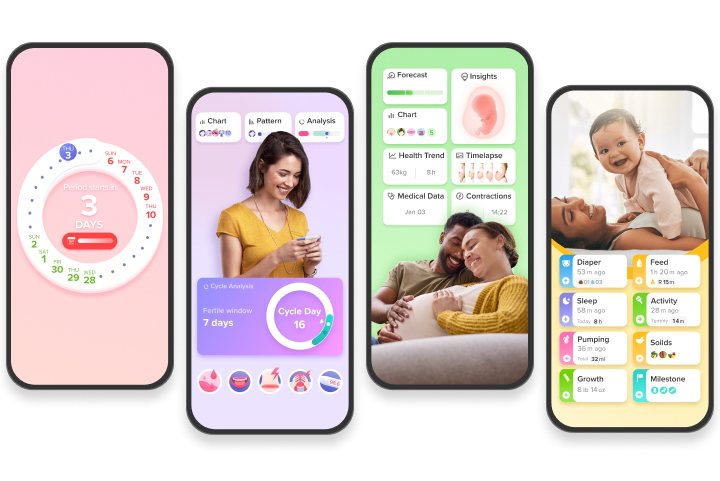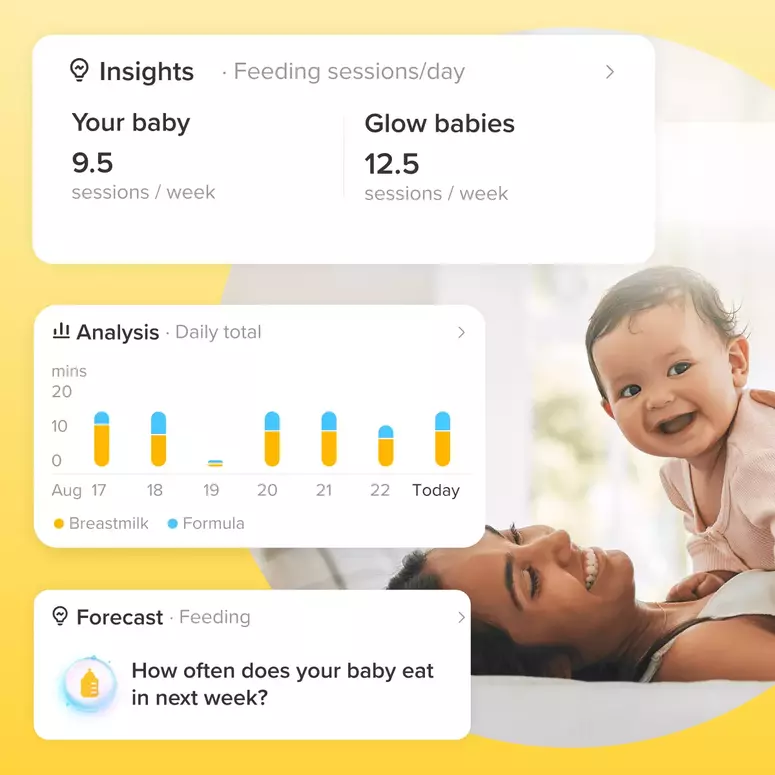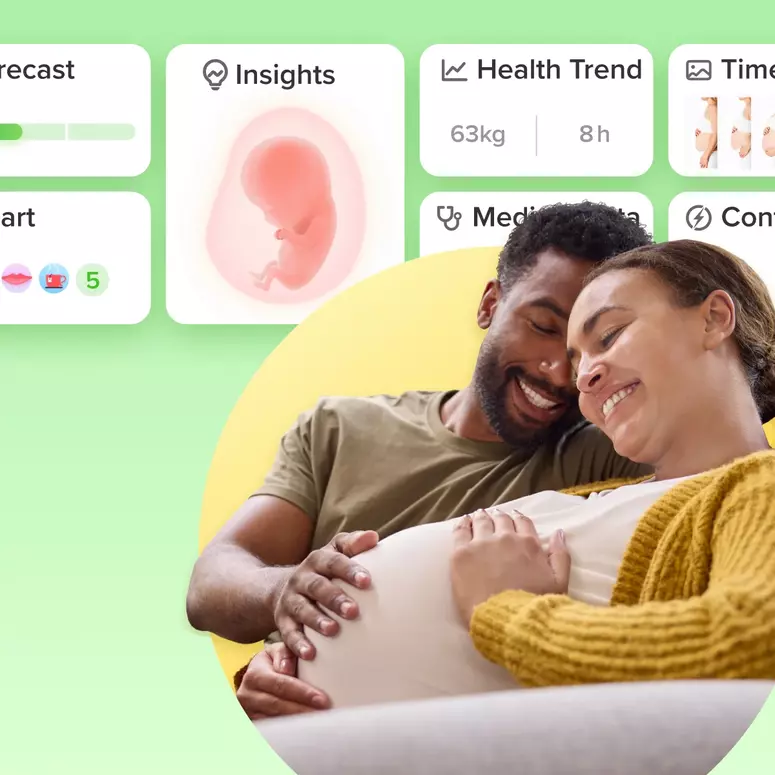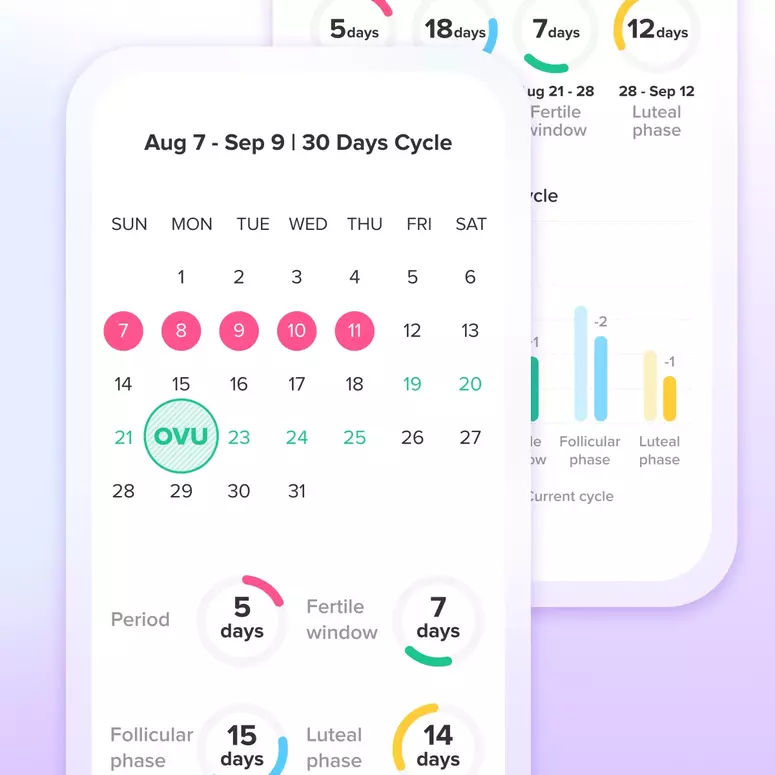Watery CM! Ovulation or PREGNANT!
Watery Discharge, an Early Pregnancy Sign?
If you think you may be pregnant, one of the best ways to figure this out is paying close attention to and taking note of all symptoms that may indicate a potential pregnancy.
Discharge during early pregnancy doesn’t look very different from your normal mid-cycle discharge. Most of the time, it’s clear or whitish, has a watery and slippery consistency, and bears a mild musky odor. Just like when you’re ovulating, the amount of early pregnancy watery discharge increases exponentially to the point of wetting your underpants and soaking through your pants.
The first thing to do is calculating your ovulation period. Write down when your next period is due to start and count 12 to 14 days back. If the time when you have first experienced watery dischargecorresponds to your ovulation period, chances are you’re not pregnant. But if it doesn’t and there are just a couple of days left until your period is supposed to start, you need to proceed to the next step – looking for other pregnancy symptoms.
If you are pregnant, the watery discharge won’t come alone – it will be accompanied by other symptoms as well. These include breast tenderness, frequent urination, nausea with or without vomiting, fatigue and food aversions or cravings. You may even have a vague feeling that you are pregnant, an occurrence that many women report while pregnant. Another pregnancy sign is implantation bleeding or spotting, which usually occurs 6 to 12 days after conception. Some women don’t experience it, while some who do may confuse it with their menstruation instead. However, implantation bleeding is very light, and will last for a few minutes to a few days, as compared to the average time of your period (4-7 days).
If there have been more than 10 days after the date of the supposed conception, consider taking an at-home pregnancy test. If it turns out positive, repeat it. If it’s negative, have a few blood samples tested for the hCG hormone.
Let's Glow!
Achieve your health goals from period to parenting.




